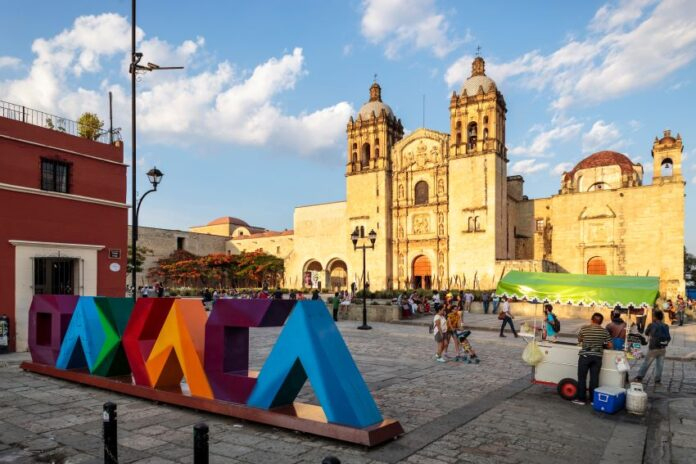The US company plans to invest more than $4 billion over the next 15 years to develop a massive infrastructure
by the El Reportero’s wire services
The US technology company Amazon Web Services (AWS) announced a $4 billion investment to “support the construction, connection, operation, and maintenance” of data centers in Chile, an infrastructure that will serve all of South America in a “secure, reliable, and scalable” manner.
“As part of its long-term commitment, Amazon plans to invest more than $4 billion in Chile over the next 15 years,” the company reported on its website, which indicated that the project will begin there in 2026.
AWS emphasized that its cloud platform “will provide developers, startups, entrepreneurs, and enterprises, as well as financial services, retail, education, government, and other nonprofit organizations, greater choice in running their applications and serving end users from data centers located in Chile.”
For his part, Felipe Ramírez, AWS’s representative in Chile, told CNN Chile that the project consists of the development of “a region,” whose main feature will be “the deployment of the company’s infrastructure” “in a specific geographic location,” which in any case will be in the Chilean Metropolitan Region.
Following the announcement, Chile’s Minister of Science, Technology, Knowledge, and Innovation, Aisén Etcheverry, considered the project to be extremely important because it will also generate 7,000 jobs per year and strengthen her country as a leader in digital technology throughout South America.
She also commented that the initiative is part of the National Data Center Plan, launched by the government in December 2024, and is essential to developing Chile’s “great potential” for the “digital economy,” given that the country is among the world’s leading internet speeds.
AWS will also strengthen payment services like those offered by Itaú Chile, Transbank, and Machbank, helping them manage a greater number of transactions in less time, making it easier for them to innovate new products for their customers.













